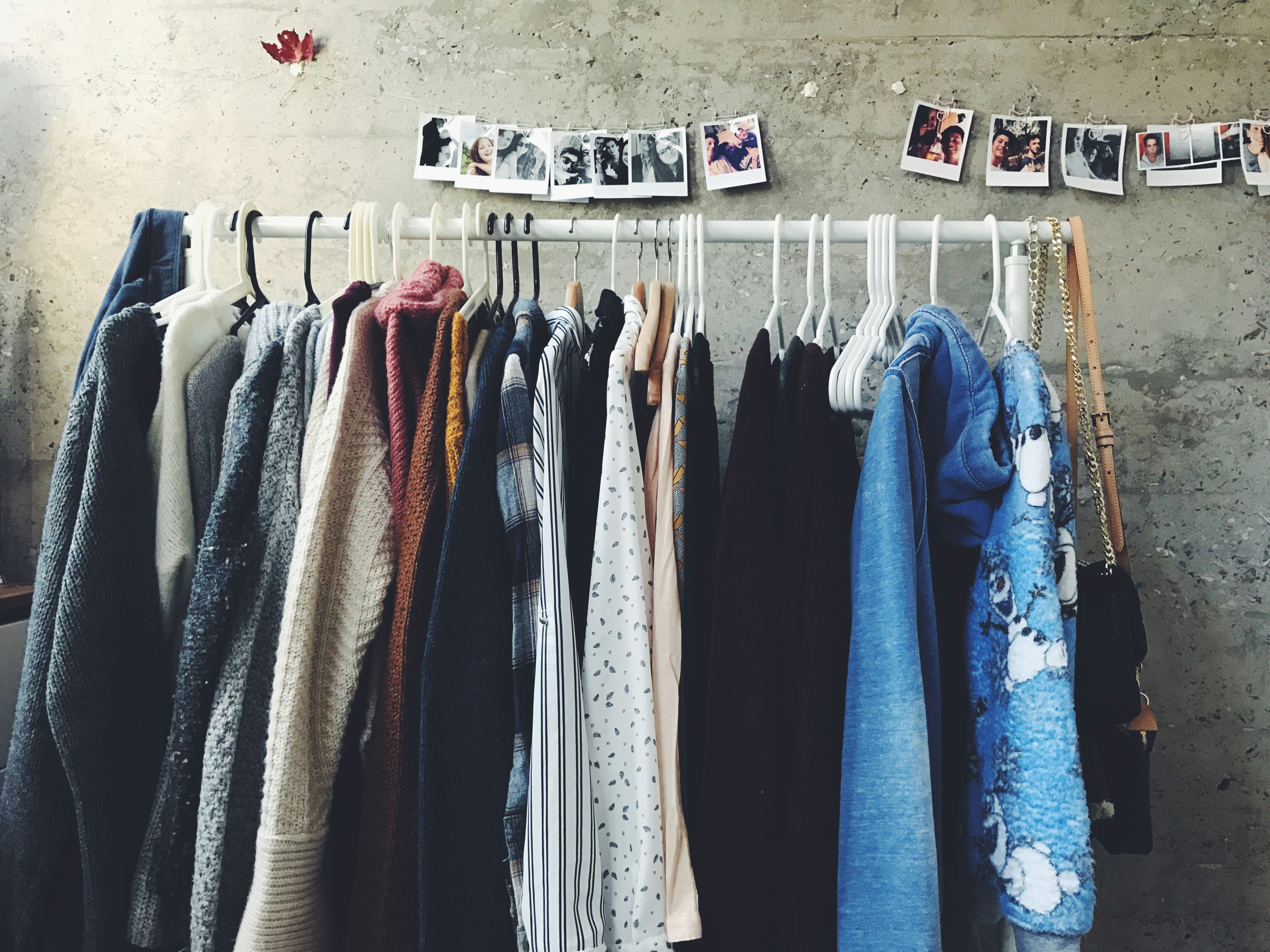Sartorial Storytelling: Fashion as Personal Narrative
In the kaleidoscopic world of fashion, a new trend is emerging that goes beyond fleeting styles and seasonal must-haves. Sartorial storytelling, the art of curating a wardrobe that narrates one's personal journey, is revolutionizing how we approach fashion and self-expression. This innovative concept merges the realms of style, psychology, and individuality, encouraging fashion enthusiasts to view their closets as chapters in their life story. But how exactly does one transform their wardrobe into a compelling narrative, and why is this approach gaining traction in today's fast-paced fashion landscape?

Fashion psychologists and style consultants began advocating for a more intentional approach to dressing, encouraging individuals to curate wardrobes that reflect their personal histories, values, and aspirations. This shift marked a departure from trend-driven fashion towards a more introspective and individualistic style philosophy.
Crafting Your Closet’s Narrative
At the heart of sartorial storytelling is the idea that each piece in your wardrobe should have significance beyond its aesthetic value. This doesn’t mean every item needs to have a profound backstory, but rather that your overall collection should paint a picture of who you are and where you’ve been.
To begin crafting your closet’s narrative, start by identifying key moments or phases in your life. Perhaps a vintage jacket reminds you of your college years, or a pair of well-worn boots tells the tale of your travels. The goal is to create a wardrobe that serves as a visual autobiography, with each piece playing a role in your personal story.
The Psychology Behind the Style
The appeal of sartorial storytelling lies in its psychological benefits. By connecting our clothing choices to our personal narratives, we create a stronger sense of self and identity. This approach can boost confidence, as wearers feel a deeper connection to their outfits and the stories they represent.
Moreover, this method of dressing can serve as a form of self-reflection and growth. As we curate our wardrobes to reflect our journeys, we’re prompted to consider our past experiences, current values, and future aspirations. This introspective process can lead to greater self-awareness and a more authentic expression of personal style.
From Fast Fashion to Thoughtful Curation
Sartorial storytelling represents a significant shift away from the disposable nature of fast fashion. Instead of chasing trends, consumers are encouraged to invest in pieces that have longevity both in terms of quality and personal meaning. This approach naturally lends itself to more sustainable fashion practices, as items are chosen with care and kept for longer periods.
The movement also challenges the notion of seasonal wardrobes, promoting instead a fluid collection that evolves with the wearer. This doesn’t mean never buying new clothes; rather, it encourages thoughtful additions that complement and enhance the existing narrative of one’s wardrobe.
The Role of Vintage and Second-Hand in Narrative Dressing
Vintage and second-hand shopping play a crucial role in sartorial storytelling. These pre-loved items come with their own histories, adding layers of depth to personal style narratives. A vintage piece might connect the wearer to a specific era they admire, while a second-hand find could represent a commitment to sustainability.
Thrifting and vintage shopping also allow for more unique and eclectic wardrobes, fostering individuality in an age of mass-produced fashion. The hunt for these one-of-a-kind pieces becomes part of the story itself, adding adventure and serendipity to the fashion experience.
Technology’s Impact on Sartorial Storytelling
In the digital age, sartorial storytelling has found new platforms for expression. Social media, particularly Instagram and Pinterest, have become virtual mood boards where individuals can showcase their personal style narratives. Apps and websites dedicated to wardrobe organization and styling have emerged, helping users catalog their clothing and create outfits that align with their personal stories.
Moreover, technology has made it easier to track the provenance of clothing, allowing consumers to choose items with transparent and ethical production histories. This adds another layer to the narrative, as wearers can incorporate their values and beliefs about sustainability and ethical consumption into their style stories.
Crafting Your Fashion Narrative: Practical Steps
-
Conduct a wardrobe audit: Identify pieces that hold sentimental value or represent significant life events
-
Create a style journal: Document the stories behind your favorite outfits and how they make you feel
-
Invest in quality over quantity: Choose items that will stand the test of time both in durability and personal significance
-
Experiment with layering: Combine pieces from different phases of your life to create complex, story-rich outfits
-
Incorporate heirloom pieces: Integrate family heirlooms or vintage finds to add historical depth to your wardrobe
-
Practice mindful shopping: Before purchasing, consider how a new item will fit into your existing style narrative
-
Upcycle and reimagine: Transform old favorites into new pieces to continue their story in a fresh way
As we move forward in the ever-evolving world of fashion, sartorial storytelling offers a refreshing perspective on personal style. It encourages us to view our wardrobes not just as collections of clothes, but as curated exhibitions of our lives and values. By embracing this approach, we can create looks that are not only stylish but deeply meaningful, turning the act of getting dressed into a daily celebration of our personal narratives. In a world of fleeting trends, sartorial storytelling provides a timeless and deeply personal way to engage with fashion, ensuring that our style remains as unique and evolving as our own life stories.





